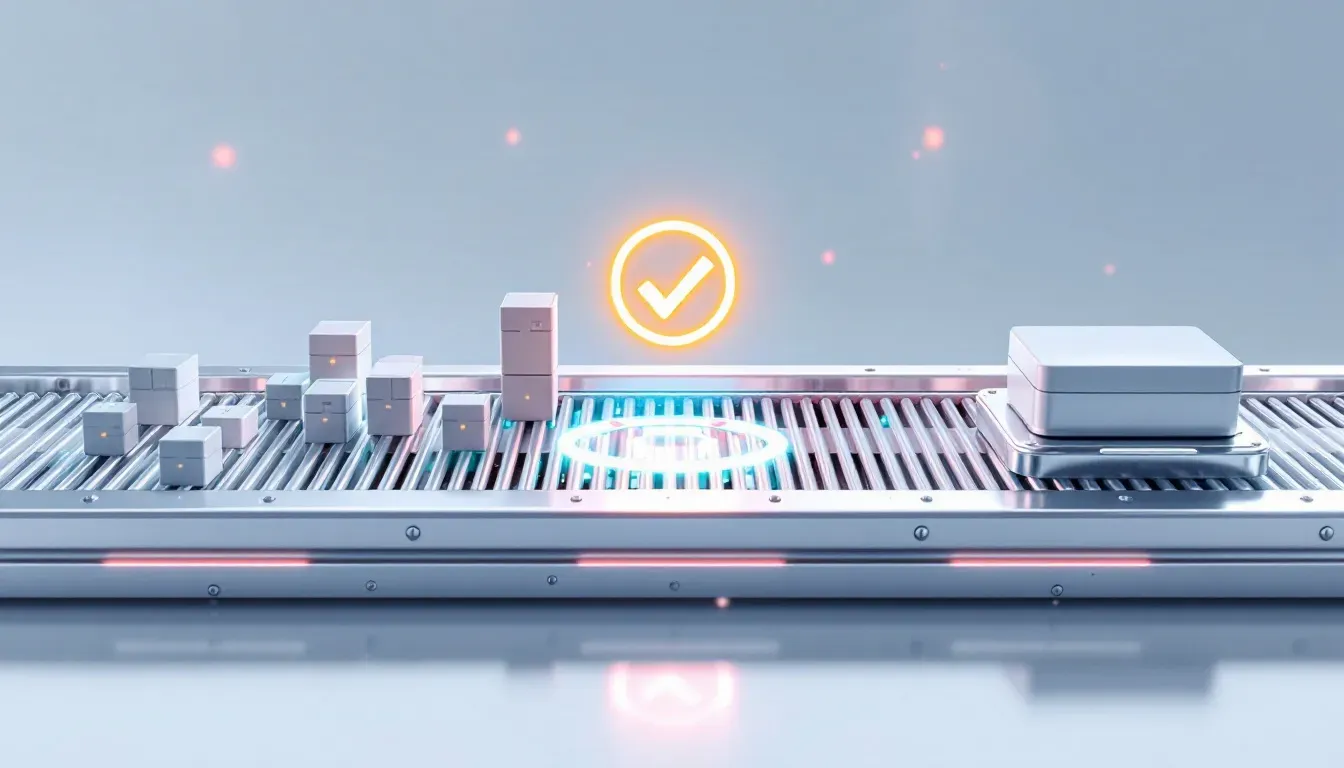From Manual to Modern: Automating Settlement Processes



From Manual to Modern: Automating Settlement Processes
When working on a large-scale settlement process solution, accuracy and reliability aren't just a nice-to-have – they're essential. When we were asked to improve a settlement process, we had the opportunity to transform a manual system into a robust, automated solution. Here's how we did it.
The Challenge: Manual Processing Meets Complex Data
Our client's settlement process was caught in a common trap: what started as a simple script had evolved into an unwieldy system requiring significant manual intervention and checking. The process needed to handle multiple data sources, each with its own quirks – different timezones, varying timestamp granularities, and inconsistent units of measurement.
The existing solution was heavily dependent on specific file structures, manual actions and intermediate steps. This not only consumed valuable employee time but also introduced risks of error and made the process difficult to integrate, scale or modify.
Building a Robust Solution
Rather than fixing the existing system, we had to go for a ground-up rebuild using latest software engineering principles. The key to our approach was separating concerns into three distinct areas:
Data loading from multiple sources
Transformation, calculation and business process logic
Structured output generation
Using Python as the foundation, we leveraged powerful tools like Polars for efficient data processing and schema validation. We used the advantages of new kid on the block, Patito, to enable dynamic column referencing, making the code both more readable, maintainable and adaptable to changing requirements.
A critical focus was making the system platform-independent, ensuring seamless operation across different environments. This flexibility was essential for supporting diverse user experience, different environments and future scaling.
Impact and Results
The transformation delivered multiple benefits:
Elimination of manual intermediate steps
New insights through additional automated outputs
Improved processing speed ("Oh that was quick, did it run all calculations already?," as one user put it)
Enhanced reliability, particularly around timezone handling
Platform independence for broader accessibility and integration
And perhaps most importantly, the new system is built for the future. We built up the architecture in such a way that it will be ready for:
Future API integrations
Automated testing pipelines
Database integrations
Workflow orchestration
Key Takeaways
This project (and the state of the process when we started) reminded us with the importance of some crucial principles of modern software development:
Build it right the first time: Quick fixes eventually become technical debt that slows down future development - we had to step in here because the old process was on the edge of breaking completely
User collaboration is crucial: Regular engagement with end users reveals essential insights and requirements
Platform independence matters: Supporting multiple operating systems increases flexibility and adoption
Modularity enables growth: A well-structured foundation makes future enhancements easier to implement
The end result isn't just a faster process – it's a more reliable, scalable, and maintainable solution that positions our client for future growth and automation opportunities.


